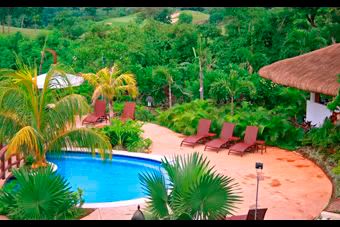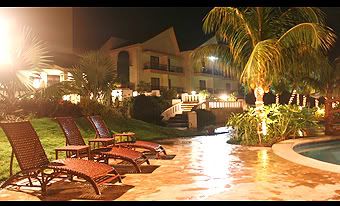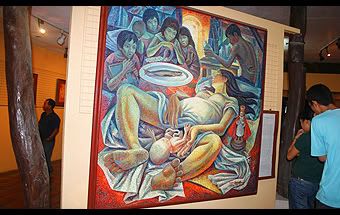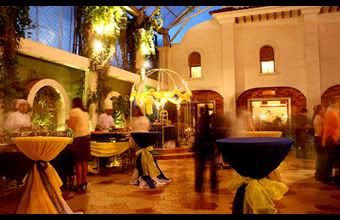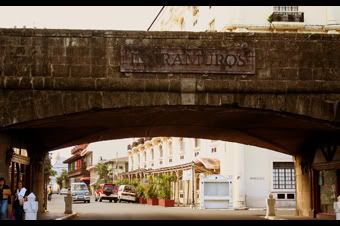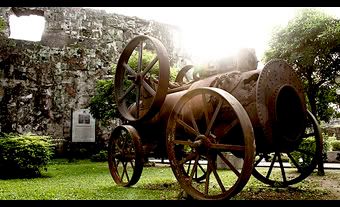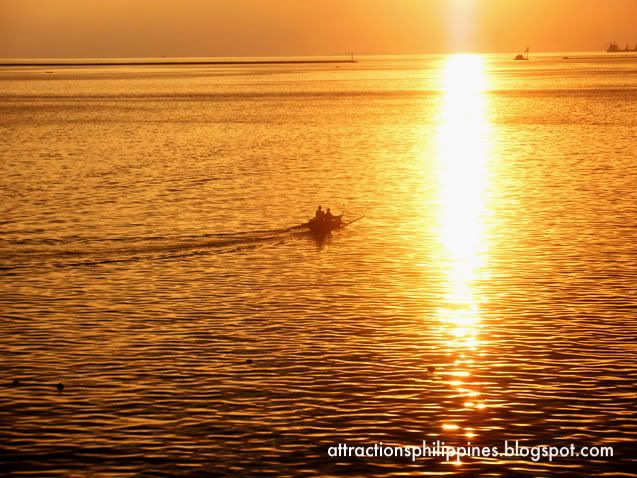This is where they filmed ‘Anaconda’, I was afraid one of them would joke.
Amidst our silent passage the young driver JP said in earnest, “This is where they filmed Anaconda.”
We were walking the knee-deep waters of Cemento Bay in east of Baler, past an unwavering network of mangroves firmly planted underneath, through golden waves twinkling in the 3 p.m. sunlight then crashing against the rocky reefs. It was my first fashion shoot, I think. I’m not really sure. What I knew was that I was on assignment for coverage of the next day’s long board surfing competition in Sabang Beach, a ten-minute drive from where we presently were.
How romantic it is to be lost in an island!, I thought, almost stumbling over a crushed coral.
I wouldn’t say that our group was a concentration of modern Filipino stereotypes, but there we were looking like the simplified sociology of a people from Manila: Ray, a warehouse worker; Renato, a seasoned service driver; Ivan H., a backpacking freelance photographer and independent filmmaker; Roel and Vangie, corporate managers with more than sufficient budget for media mileage, sponsorship, and public relations; Nykko, a freelance magazine photographer and full-time graphic artist; Cory, an Australian surfer, commercial model, and yoga instructor; Cory’s girl Raya, an international model, very skinny, fond of reading Coehlo; JP, the above-mentioned comedian who claimed to have had Japanese and Norwegian girlfriends; and yours truly, a writer frustrated with such “interruptive” out-of-town assignments.
Sunny April, I soon discovered from one of the locals, was already the start of the calm season. I wouldn’t have witnessed the fourteen-foot waves; none of that even after an eight-hour drive from the metro to one of the fastest-rising attractions in the Philippines!
The trip had been rocky, literally and at best. Nykko and I were, uncomfortably, the only media invitees, and throughout the expedition, the convoy of which we were part was met by ominous mountains and their even more ominous cliffs, by unspoken fears of being held as urban hostages of the New People’s Army, and by the rigidity of courtesies common amongst strangers journeying together.
Upon our arrival at the destination, however, all unease was quickly dismissed. I saw that the Baler province of Aurora was a natural gem. The grandest vista of the Sierra Madre mountain range from a shore of sand; the youngest Filipino surfing prodigies; the brownest bodies I have ever laid my eyes on, of both sexes, and easily the most defined since my seeing the movie 300; the best second-language Australian, Japanese, and American speakers.
Bob Marley, the Red Hot Chili Peppers and ska boomed all throughout the preparatory activities; it was against this background that I did my first round of interviews. Then damning whatsoever the itinerary had decreed (if there was one at all), Nykko and I were obliged only to join the photo shoot because so many people had been lining up for the volleyball games. And I had wanted to find out what modeling entailed aside from…uh, from being beautiful.
But I got bored in the first five minutes of the shoot.
So I found myself a quiet spot in the most secluded part of the bay: on the farthest solid rock, in the society of a shy seashell. There I read Evelyn Waugh and E.L. Doctorow until the sun began to set.
When we drove back to the main beach of Sabang, I paid no heed to the bustle and excitement for the morrow. Instead I made good on my resolution to watch, at least once a year, the starry constellation spread across the black above us. I noticed, too, that by the streets there were no lampposts – only fireflies over our heads, fluttering brightly.








